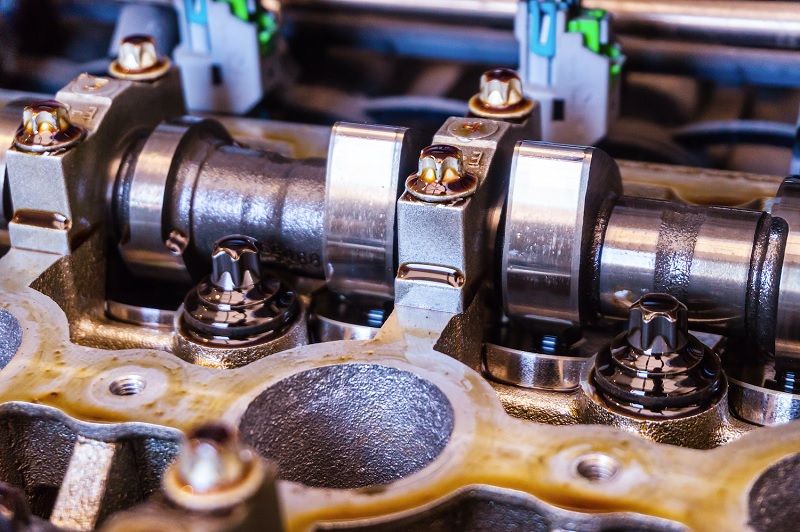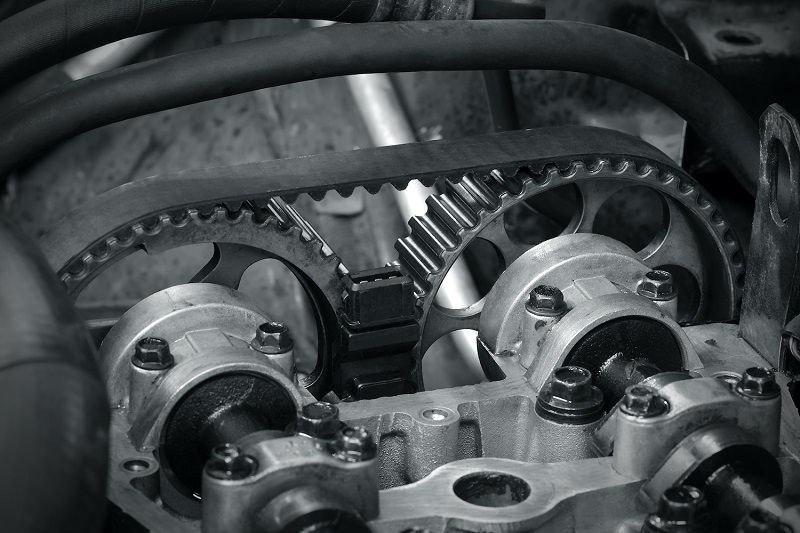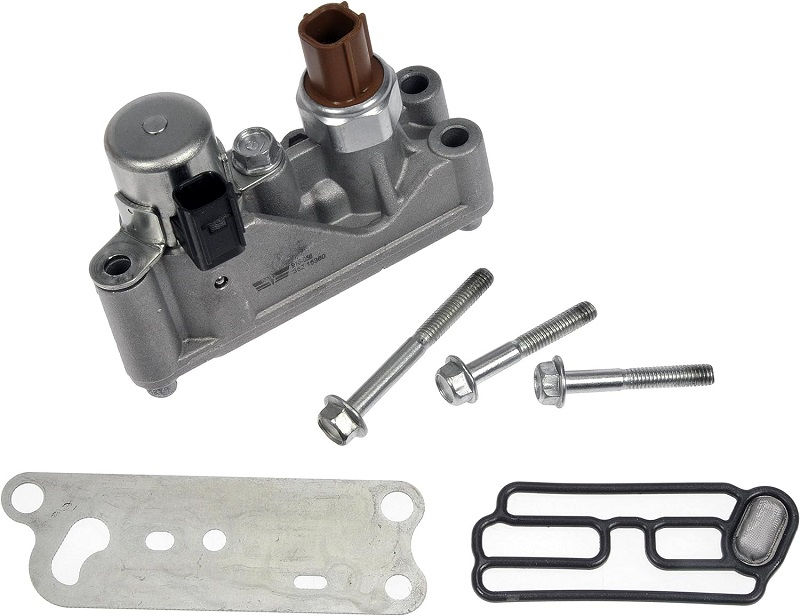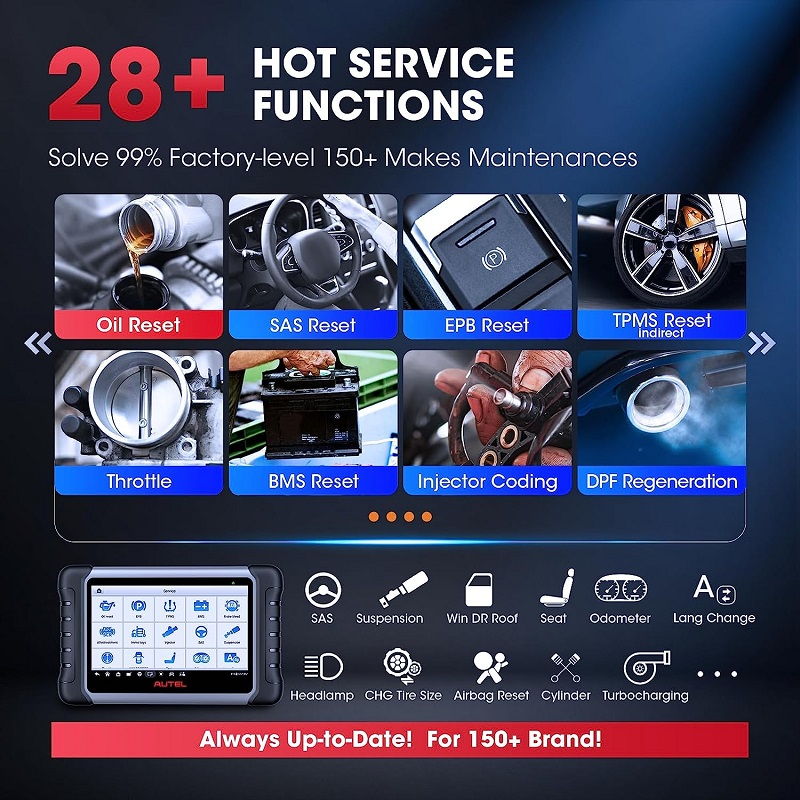This post contains affiliate links. This means I will make a commission at no extra cost to you should you click through and make a purchase [ “As an Amazon Associate, I earn from qualifying purchases.” ]. Read the full disclosure here.
Understanding Intake Camshaft Position Timing Over-Retarded Bank 1: Causes, Symptoms, and Solutions GuideMechanic.Com In the realm of automotive diagnostics, the term “intake camshaft position timing over-retarded bank 1” may sound perplexing to many car owners. However, it’s a common issue that can affect the performance and efficiency of a vehicle’s engine.
In this comprehensive guide, we’ll delve into what exactly this diagnostic trouble code (DTC) signifies, explore its potential causes, identify symptoms of its occurrence, and discuss possible solutions to rectify the issue.
What is Intake Camshaft Position Timing Over-Retarded Bank 1?

To understand this diagnostic trouble code, it’s essential to break down its components. “Intake camshaft position timing” refers to the timing of the camshaft responsible for controlling the opening and closing of the intake valves in the engine.
See Also: 4l60e Transmission External Wiring Harness Diagram
“Over-retarded” indicates that the timing of the intake camshaft is delayed beyond the specified parameters set by the vehicle’s engine control module (ECM). Lastly, “bank 1” refers to the side of the engine containing cylinder 1 in vehicles with multiple banks, such as V6 or V8 engines.
In essence, when the ECM detects that the timing of the intake camshaft on bank 1 is excessively delayed, it triggers the intake camshaft position timing over-retarded bank 1 DTC.
This deviation from the optimal timing can lead to decreased engine performance, increased emissions, and potential damage to engine components if left unresolved.
Causes:

Several factors can contribute to the occurrence of this DTC. Some common causes include:
Faulty Variable Valve Timing (VVT) Solenoid:
The VVT solenoid controls the timing of the camshaft by regulating oil flow to the camshaft phaser. A malfunctioning or clogged VVT solenoid can result in improper camshaft timing, leading to the over-retarded condition.
Camshaft Position Sensor Issues:
The camshaft position sensor monitors the position and rotation of the camshaft. If the sensor fails or becomes inaccurate, it can provide incorrect data to the ECM, resulting in timing issues.
Oil Flow Restrictions:
Adequate oil flow is essential for the proper operation of the camshaft phaser and VVT system. Restrictions in oil passages or a low oil level can impede oil flow, leading to timing-related problems.
Worn Timing Components:
Over time, components such as timing chains, tensioners, and guides can wear out, affecting the timing of the camshaft. Excessive slack in the timing chain can cause fluctuations in camshaft timing, triggering the DTC.
ECM Calibration Issues:
In some cases, software glitches or calibration errors within the ECM can cause erroneous DTCs to be triggered, even when there are no actual timing issues present.
Symptoms of Intake Camshaft Position Timing Over-Retarded Bank 1:
Check out this Dorman 918-056 Variable Valve Timing Solenoid Compatible with Select Acura / Honda Models (OE FIX)

Identifying the symptoms associated with this DTC is crucial for diagnosing the issue accurately. Common signs include:
Decreased Engine Performance:
See Also: 4l60e Rebuild Cost from $1500 to $2500
A noticeable reduction in engine power and acceleration may occur due to improper timing of the intake camshaft.
Rough Idle:
An over-retarded intake camshaft can cause irregular engine idle, resulting in vibrations or roughness felt through the steering wheel or cabin.
Engine Misfires:
Timing discrepancies can lead to misfires, causing the engine to run unevenly or hesitate during acceleration.
Check Engine Light (CEL) Illumination:
The most apparent indication of this issue is the illumination of the CEL on the vehicle’s dashboard. Retrieving diagnostic trouble codes using a scan tool can help pinpoint the specific problem.
Solutions for Intake Camshaft Position Timing Over-Retarded Bank 1:

Resolving this issue typically involves a systematic diagnostic approach to identify and address the underlying cause. Potential solutions may include:
Inspecting and Cleaning VVT Solenoid:
Check the VVT solenoid for proper operation and cleanliness. Cleaning or replacing the solenoid can alleviate timing issues caused by oil flow restrictions or internal malfunctions.
Testing Camshaft Position Sensor:
Verify the accuracy of the camshaft position sensor readings using a diagnostic scan tool. Replace the sensor if it’s faulty or providing incorrect data.
Checking Oil Quality and Level:
Ensure the engine has sufficient clean oil at the recommended viscosity. Perform an oil change if necessary and inspect for any signs of contamination or sludge buildup.
Inspecting Timing Components:
Examine the timing chain, tensioners, and guides for wear or damage. Replace any worn components to restore proper timing and tension.
Updating ECM Software:
If calibration issues are suspected, updating the ECM software to the latest version provided by the manufacturer may resolve software-related glitches or errors.
Conclusion:
In summary, intake camshaft position timing over-retarded bank 1 is a diagnostic trouble code that indicates a deviation from the optimal timing of the intake camshaft on bank 1 of an engine.
Understanding the potential causes, symptoms, and solutions associated with this issue is essential for diagnosing and resolving timing-related problems effectively.
By addressing the underlying cause promptly, vehicle owners can restore engine performance, minimize emissions, and ensure the longevity of their engines.
See Also: P0441-00 Range Rover
If experiencing any of the symptoms mentioned or encountering the CEL illumination, consulting a qualified automotive technician for diagnosis and repairs is recommended to prevent further damage and maintain optimal vehicle performance.
- P0000 Through P0099: Understanding OBD-II Trouble Codes - February 11, 2025
- P0000 Through P0199: Understanding OBD-II Trouble Codes - February 10, 2025
- P0080 Exhaust Valve Control Solenoid Circuit High (Bank 1) - February 9, 2025
